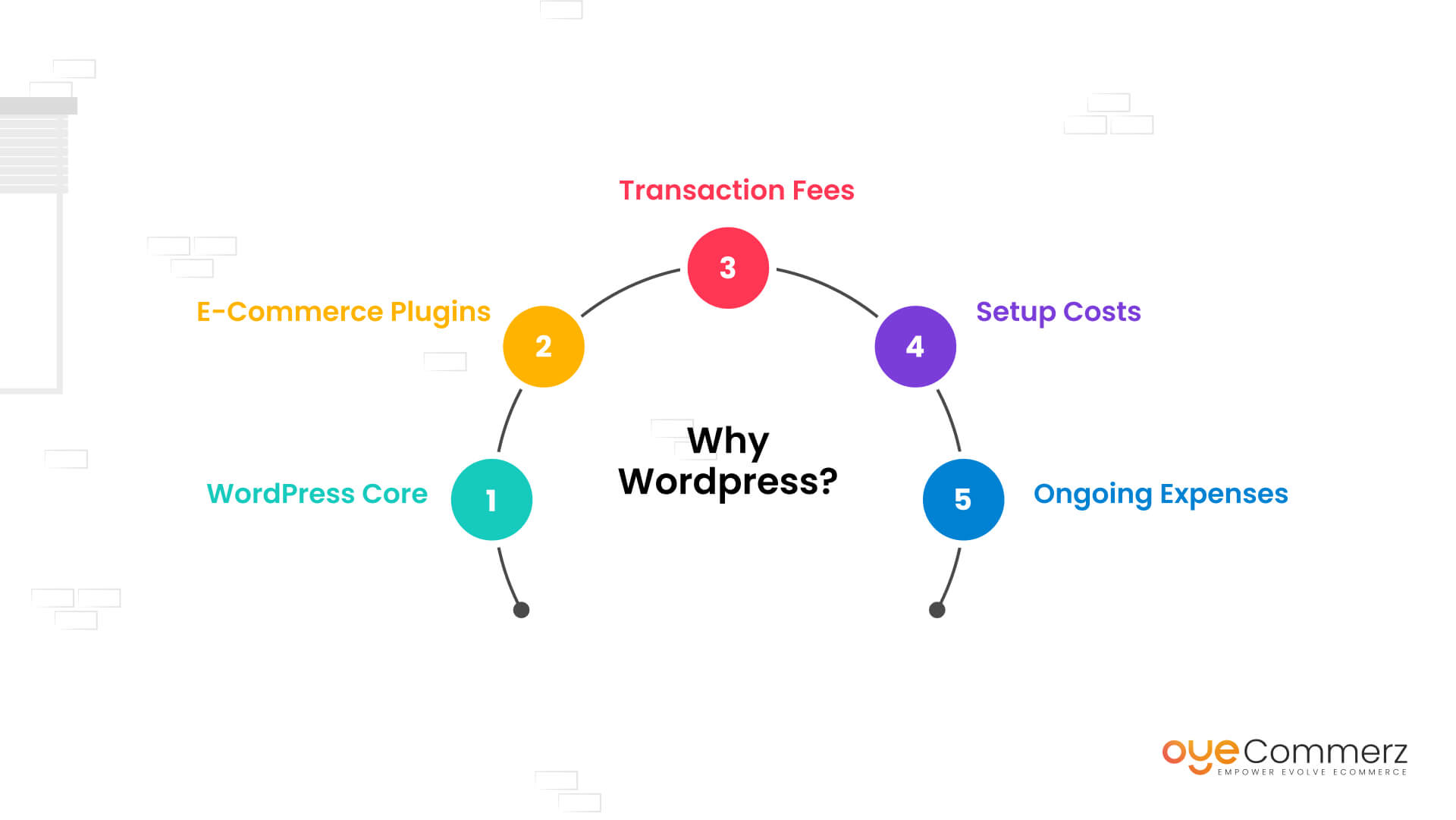Transitioning from WP to Shopify marks an promising step in optimizing your e-commerce operations. As businesses grow, choosing a solution that aligns with scalability, user experience, and flexibility is essential. Shopify has emerged as a preferred choice for e-commerce professionals, offering unmatched flexibility, security, and ease of use. In this guide, we will delve into why this migration is a game-changer, highlight the benefits, and share actionable steps to ensure a seamless transition.
1. Top Reasons to Transition from WordPress to Shopify
WordPress, paired with WooCommerce, continues to support countless e-commerce platforms. However, as companies scale, issues like reliance on plugins, security vulnerabilities, and complex setups can hinder progress. Shopify, designed explicitly for digital retail, addresses these issues with an comprehensive, intuitive platform. Statistics back this transition—Shopify powers over 4.4 million stores worldwide, with a reported 10% boost to sales performance for numerous merchants post-switch.
2. Shopify's Perks for Thriving Online Stores
Shopify’s powerful platform caters for expanding brands. Its notable benefits are:
- Seamless Customization: Shopify offers over 80 expertly crafted themes.
- Built-in Features: Capabilities such as Shopify Payments and integrated SEO streamline operations.
- Global Reach: Multi-currency support and regional customization enable businesses to reach global markets.
Additionally, Shopify boasts an availability percentage of 99.98%, guaranteeing your store remains accessible.
3. Preparing for WordPress to Shopify Migration
Before migrating, evaluate your current store. Review product data, client information, and SEO performance. Tools like Shopify’s Migration Kit or third-party solutions can simplify this process. Develop a detailed strategy, ensuring all assets—product descriptions, images, and blog content—are ready for seamless import.
4. The Importance of Accurate Data Migration
Transferring your data forms the foundation for a successful platform switch. When moving from WP to Shopify, prioritize:
- Product Information: SKU, descriptions, Data migration to Shopify and categories.
- Client Information: Emails, order history, and custom fields.
- SEO Optimization: Retain meta tags, URLs, and redirects to avoid SEO losses.
Use apps like LitExtension to facilitate seamless migration while minimizing errors.
5. Tailoring Your Shopify Store to Fit Your Brand
After the move, customizing your Shopify store helps it aligns with your brand. Take advantage of Shopify’s intuitive page builder to create layouts with ease. Shopify's themes are optimized for all devices, providing a smooth user experience across devices—a critical factor, given 74% of e-commerce traffic is generated by mobile visitors.
6. Maintaining SEO During Migration
Search engine optimization is crucial for preserving your online presence during migration. Shopify excels in SEO with clean URL structures, preloaded features, and smooth content management. Make sure you:
- Set up URL forwarding for existing links.
- Enhance updated content with targeted phrases.
- Leverage plugins like Plug in SEO to track analytics post-migration.
7. Post-Migration Testing
Once the migration is complete, run detailed checks.
Check: - Page load times (Shopify boasts faster speeds in contrast with WordPress).
- Functionality of payment gateways and transaction flow.
- Adaptability across devices.
Testing ensures your store delivers a smooth shopping experience from the start.
8. Real-Life Success Story
An example of effective platform switching is Gymshark, a sportswear company that moved to Shopify. After the switch, the company Shopify design and development saw a 60% boost in mobile sales and significantly lowered site downtime. This highlights the potential of Shopify in enhancing e-commerce growth.
9. Overcoming Common Migration Issues
Migration comes with challenges, such as data integrity and reconfiguring custom functionalities. However, Shopify’s extensive assistance and third-party experts simplify the process. Partnering with experienced Shopify developers helps guarantee a trouble-free transition.
10. Starting Your Journey with Shopify
Switching from WP to Shopify marks a strategic approach to e-commerce. By focusing on growth, streamlining operations, and improving buyer satisfaction, Shopify enables companies to succeed in competitive markets.
Final Thoughts
Transitioning from WordPress to Shopify offers a smart solution that can significantly boost your e-commerce success. With a robust migration plan, the right tools, and professional guidance, you can achieve new growth opportunities.
Excited to start the journey? Let’s discuss how our Shopify migration services can revolutionize your e-commerce platform. Get in touch today, or consider: Is it time to seize Shopify’s advantages for your store?
